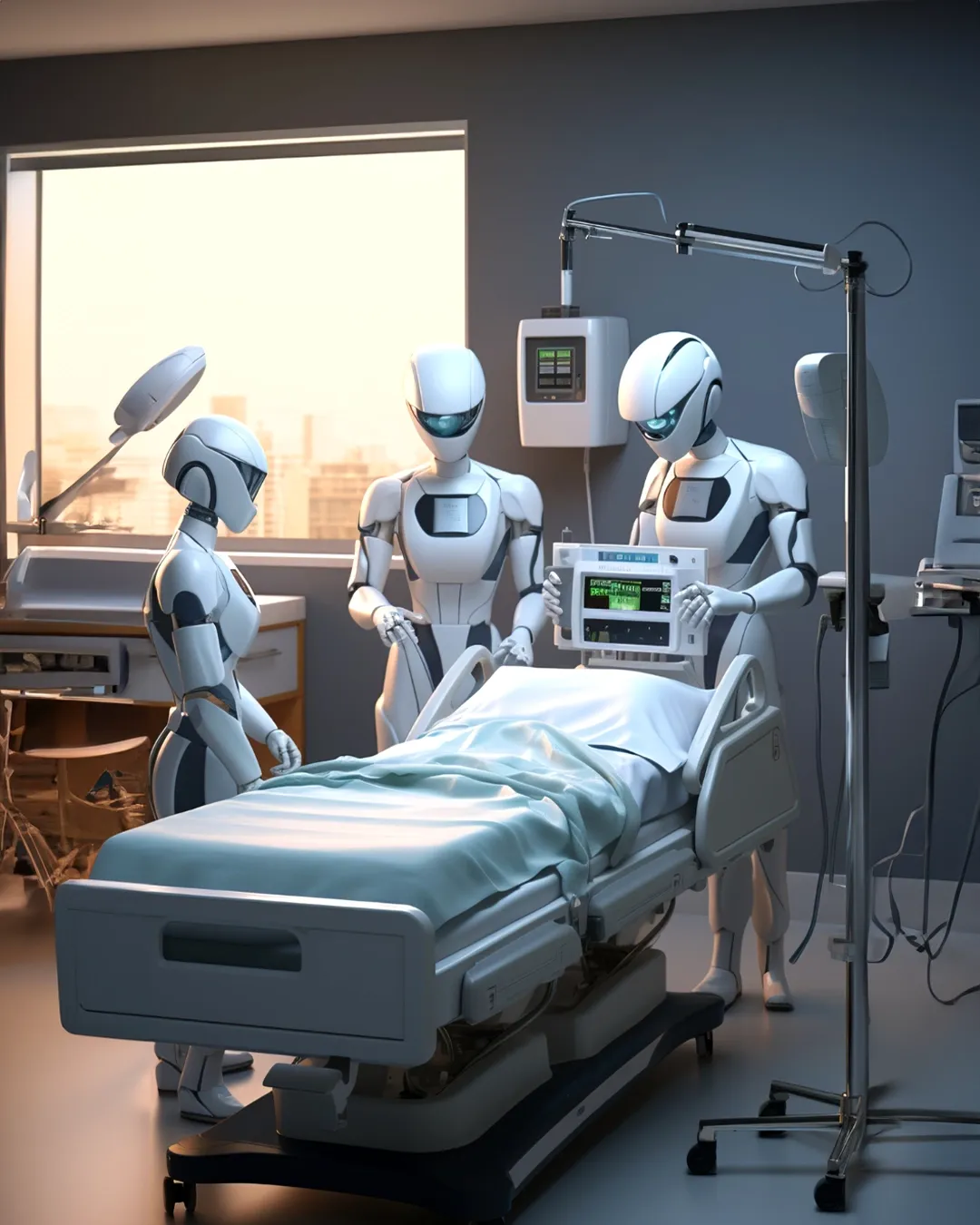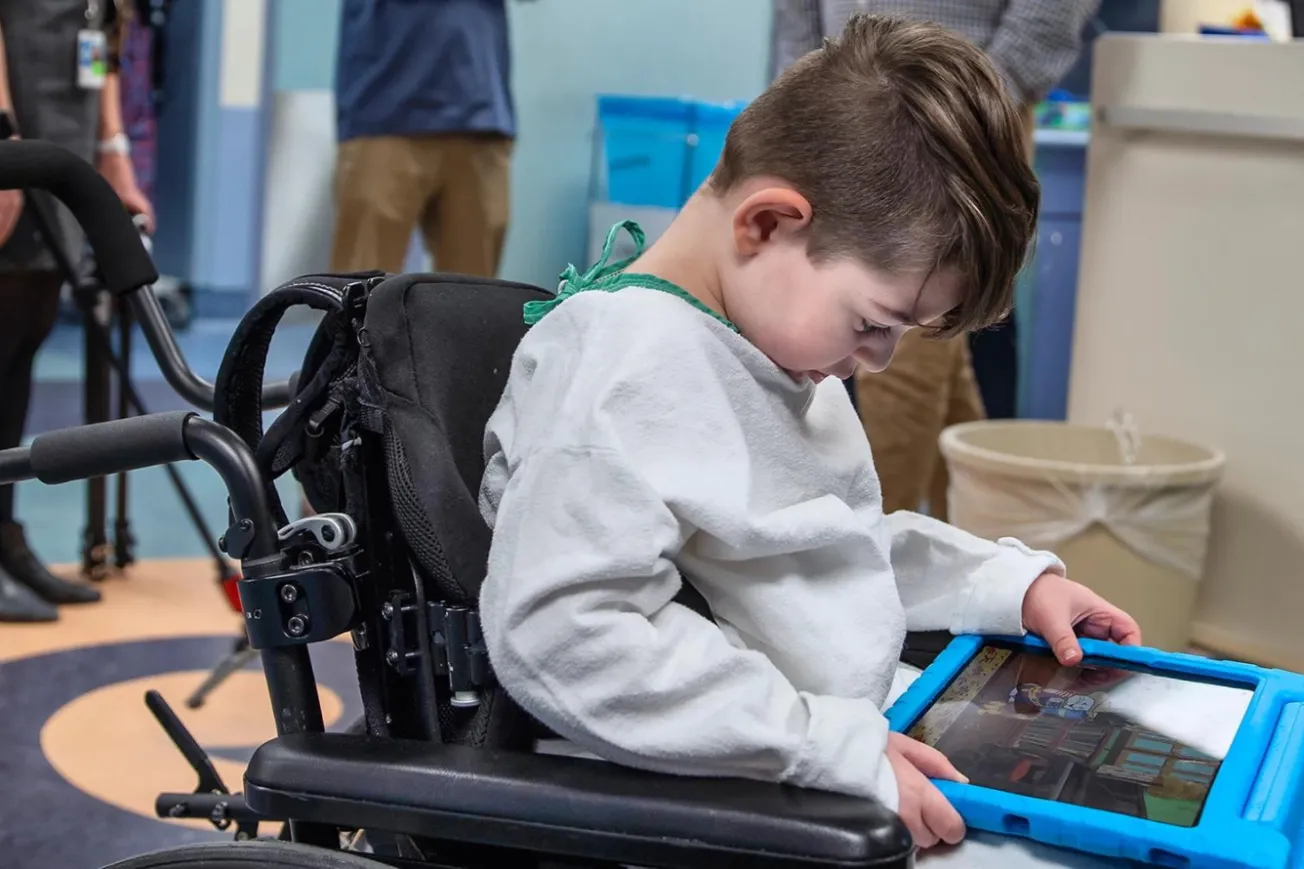- Luton and Dunstable Hospital adopted the da Vinci Xi surgical robot for bariatric surgeries, enhancing precision.
- Surgeons control the robotic system like pilots, utilizing a computer console for intricate procedures with enhanced precision.
- The £2 million robot aims to accelerate weight loss surgeries, potentially increasing daily procedures and reducing patient waiting times.
Luton and Dunstable Hospital's specialist weight loss clinic has welcomed the "da Vinci Xi," a surgical robot likened to "flying a plane" by the lead surgeon.
The £2 million robot, funded by charity donations, aims to accelerate bariatric surgeries, addressing the backlog exacerbated by the pandemic.
Enhanced Precision with Robotics
Controlled by a surgeon at a computer console, the da Vinci Xi provides a magnified high-definition view, enabling intricate procedures with unparalleled precision.
The four mechanical arms, each hosting a surgical instrument, mimic human hand movements, allowing 360-degree rotations for surgeries through minimal incisions.
Surgeons Navigate Like Pilots
Weight loss lead Doug Whitelaw compares the experience to "flying a plane" or "playing a video game." While adjusting to the absence of tactile sensation is initially "strange," the enhanced control and precision make it a transformative tool for surgeons.
Addressing Surgery Backlog
With weight loss surgeries below pre-pandemic levels, the robotic assistant aims to increase procedures from three to four daily by mid-2023, potentially reducing waiting times for patients across the region and the country.
Patients Welcome the Future
Patients like Paul Dwyer, who underwent a gastric bypass with the robotic aid, express excitement. Incorporating artificial intelligence in future iterations holds promise for further improving surgical outcomes and the surgeon's capabilities.
Data-Driven Progress
The company behind the da Vinci Xi, Intuitive, plans to integrate artificial intelligence to refine the surgeon's senses. Continuous data collection from surgeries contributes to ongoing advancements in robotic-assisted surgery.
Edited by Shruti Thapa





